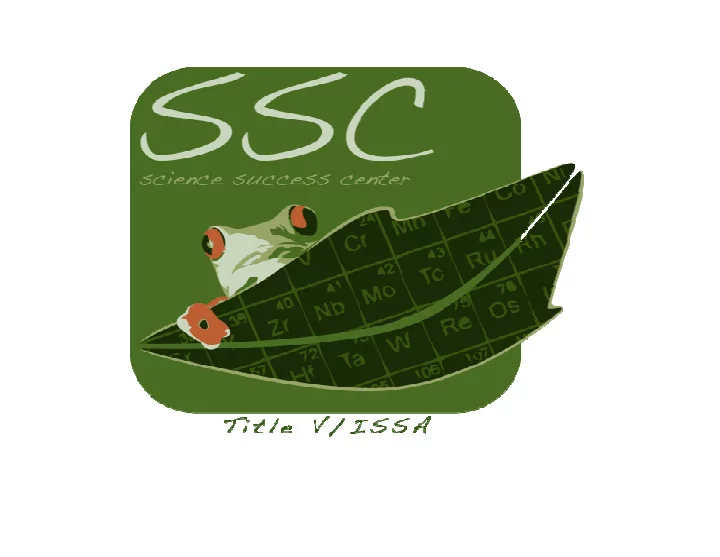

Photosynthesis and cellular respiration provide energy for life
Breathing supplies oxygen to our cells for use in cellular respiration and removes carbon dioxide
Cellular respiration banks energy in ATP molecules
The human body uses energy from ATP for all its actvivites • Kilocalories (kcal)- An Energy unit, the quantity of heat required to raise the temperature of 1 kilogram (kg) of water by 1 degree Celsius. degree Celsius.
Cells tap energy from electrons “falling” from organic fuels to oxygen
Redox reaction occurring simultaneously
Overview: Cellular respiration occurs in three main stages
Glycolysis harvests chemical energy by oxidizing glucose to pyruvate
Energy investment phase
Energy payoff phase
Pyruvate is chemically groomed for the citric acid cycle
The citric acid cycle completes the oxidation of organic molecules, generating many NADH and FADH2 molecules
Most ATP production occurs by oxidative phosphorylation
Certain poisons interrupt critical events in cellular respiration
Review: Each molecule of glucose yields many molecules of ATP
Fermentation enables cells to produce ATP without oxygen Lactic Acid Fermentation Alcohol Fermentation
Glycolysis evolved early in the history of life on earth • Glycolysis is the universal energy-harvesting process of life • Significant levels of O2 did not accumulate in the atmosphere until about 2.7 billions years the atmosphere until about 2.7 billions years ago • For almost a billion years, prokaryotes must have generated ATP exclusively from glycolysis, because it does not require O2
Cells use many kinds of organic molecules as fuel for cellular respiration
Food molecules provide raw materials for biosynthesis
Recommend
More recommend